3D printing and the Right to Repair
This is what additive manufacturing can do for spare parts procurement
3D printing has the potential to fundamentally change the way we produce and consume. Already today, rapid manufacturing directly from CAD data enables shorter product development cycles and customised mass production. And it could also play a decisive role in the "Right to Repair" in the future.
What is the "Right to Repair"?
The " Right to Repair" is not just a media buzzword but a serious political and social demand that is becoming increasingly important. In the coalition agreement 2021-2025, the German government has already reacted to this and confirmed its support for ambitious measures to promote the reparability of products. The Sustainable Product Initiative (SPI) presented by the EU Commission also contains far-reaching proposals on how the durability of products can be strengthened.
That is why these efforts are so important:
• Protection of resources: The earth's resources are finite. The throwaway mentality of recent decades has contributed significantly to their depletion. A stronger Right to Repair can counteract avoidable waste and thus conserve resources.
• Circular economy: The concept of the circular economy is becoming increasingly relevant. Products should not be used only once and then disposed of. They should be designed to be repaired, reused and recycled.
• Consumer empowerment: Consumers should be able to repair their appliances themselves or hire a repair service of their choice. This not only strengthens their rights, but also their confidence in the products.
3D printing and the Right to Repair
Additive manufacturing offers particularly great potential in this context:A major problem in repairing appliances is the availability of spare parts. These are often difficult to obtain, especially for older models. 3D printing offers an elegant solution here: Spare parts can be printed on demand and even in very small quantities. This approach saves storage costs and makes the repair of older devices easier and cheaper. Also, not all repairs are standardised: With 3D printing, individual components can be produced that are precisely tailored to the problem at hand.
The choice of materials in 3D printing is now so large and varied that a suitable solution can be found for almost any defective component. Whether plastic, metal, ceramic or even glass, replacement parts can be made either from the material of the original component or even more durable alternatives.
But it is not only the variety of materials that is an advantage: in addition to mere repair, 3D printing also opens up possibilities for optimising defective components. Cost-efficient small-scale production allows iterative design adjustments to be made, making products even more durable and thus adding a whole new dimension to the Right to Repair.
Customised production
A component is broken and falls under the right to repair? This is what the procurement of spare parts could look like:Requirement 3D data: Ideally, the manufacturer of the product has the original 3D data of the broken component. If this is not the case (because it is an older or adapted product, for example), the 3D model can also be constructed manually or generated via 3D scan.
Find out more about our engineering services here >
Read more about reverse engineering here >
The right material and professional preparation: After obtaining the 3D data, the appropriate material must be selected and the 3D data prepared for printing. Professional manufacturing service providers can minimise possible sources of error during data checking and preparation and achieve the best results.
Fast delivery and repair: Since additive manufacturing can take place virtually "overnight", it usually takes only a few days until the spare part is ready for installation. The fast production shortens the waiting time until the repair enormously, so that the broken product is ready for use again in the shortest possible time.
More News
Are your 3D files ready?
Just upload your data. All files are automatically checked and optimized for printing.



 Deutsch
Deutsch English
English Italiano
Italiano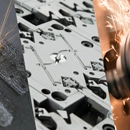
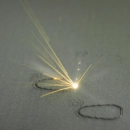
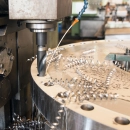
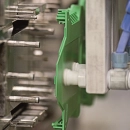
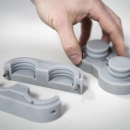
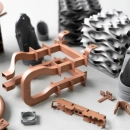

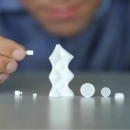



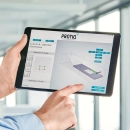
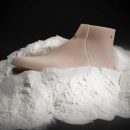
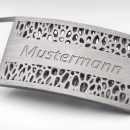

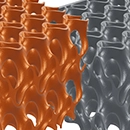
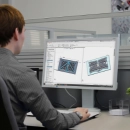
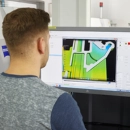
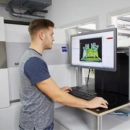
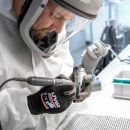
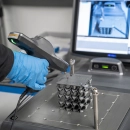

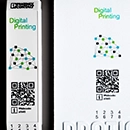
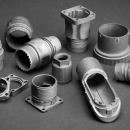

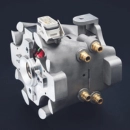
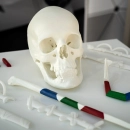
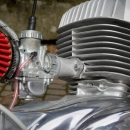




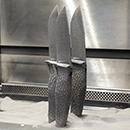



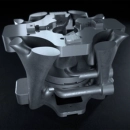
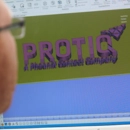

.jpg)






